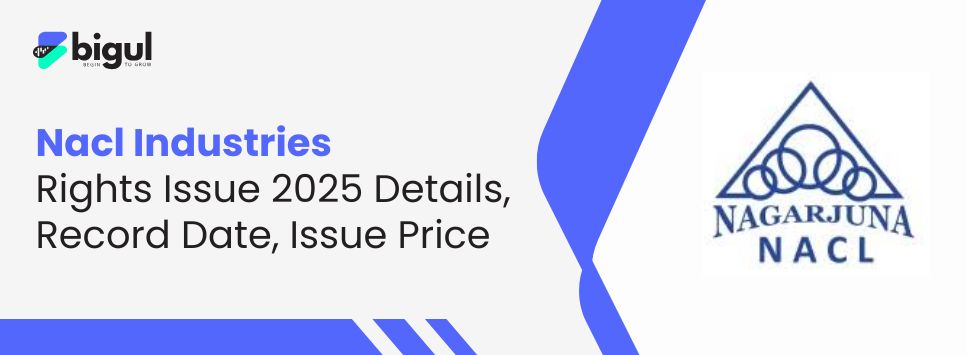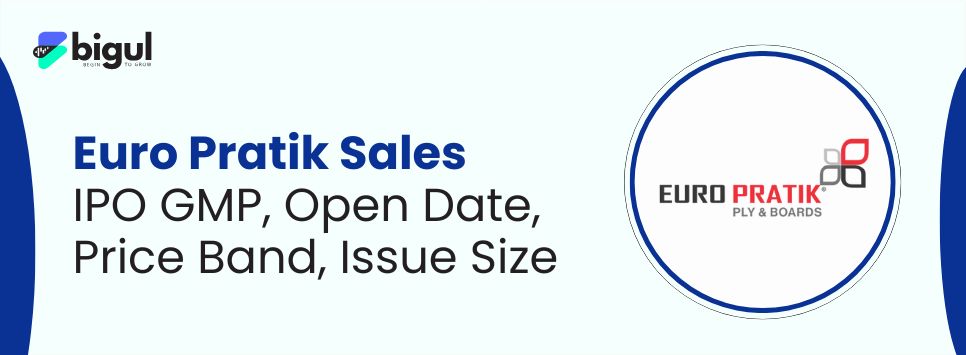Options trading in the futures and options (F&O) market can feel like a rollercoaster—exciting but full of risks. What if you could smooth out the ride and minimise those risks? That’s where zero-risk strategies come in. While no strategy is completely risk-free in the real world, specific approaches can significantly reduce your exposure. In this article, we’ll explore what these strategies are, walk through a practical example, and discuss how to put them into action.
Also Read | 5 Effective Stock Options Strategies to Manage Risk
Understanding Zero-Risk Strategies
Zero-risk strategies aim to limit losses while still giving you a shot at profits. They often involve combining call options (the right to buy an asset) and put options (the right to sell an asset) in ways that offset potential downsides. For example, a covered call involves owning a stock and selling a call option against it. If the stock price rises, you might cap your gains, but the option premium you collect cushions the blow. If it falls, you still have the stock, though its value drops.
You can also execute the strategy by selling protective puts. At this point, you acquire a put option for a stock you own. Should the price fall, you may choose exercise the put and get out at the strike price, preventing your loss from growing. While these approaches aren’t always reliable, they do help traders become more secure when trading options.
Practical Example: The Conversion Strategy
One of the most effective zero risk strategy in Option trading is Conversion strategy. Let’s understand how to use this strategy in an effective manner
Suppose a stock is currently trading at Rs 100. You spot a call option with a strike price of Rs 100 and an expiration date one month away, priced at Rs 3. At the same time, a put option with the same strike price and expiration date is available for Rs 2. This slight mispricing creates an opportunity we can use.
Here’s how to set up the Conversion Strategy step-by-step:
-
Buy the stock: Purchase one share of the stock for Rs 100.
-
Sell the call option: Sell the call option for Rs 3, collecting the option premium.
-
Buy the put option: Buy the put option for Rs 2, using part of the premium you received.
Now, let’s calculate your net investment:
-
Cost of the stock: Rs 100
-
Minus the call premium received: - Rs 3
-
Plus the put premium paid: + Rs 2
-
Total net cost: Rs 100 - Rs 3 + Rs 2 = Rs 99
What happens when the options expire? Let’s look at two scenarios:
-
If the stock price rises above Rs 100, say to Rs 110:
-
The buyer of your call option exercises it, and you sell the stock for the strike price of Rs 100. Your net profit is:
-
Rs 100 (sale price) - Rs 99 (net cost) = Rs 1.
-
The put option expires worthless.
-
If the stock price falls below Rs 100, say to Rs 90:
-
You exercise your put option, selling the stock for the strike price of Rs 100. Your net profit is:
-
Rs 100 (sale price) - Rs 99 (net cost) = Rs 1.
-
The call option expires worthless.
In both cases, you earn a profit of Rs 1, no matter which way the stock moves. That’s what makes this a zero-risk strategy in theory!
Implementing Zero-Risk Strategies
So, how do you make this work in practice? Start by scouting for mispricings like the one in our example. Use tools to track implied volatility—if it’s high, option premiums might be juicier, offering more arbitrage chances. Check the strike price relative to the stock: in the money options (already profitable) have higher premiums but less wiggle room, while out of the money ones (not yet profitable) are cheaper but riskier.
Timing matters too. As the expiration date looms, time decay speeds up, shrinking the value of your options. In the conversion strategy, since you’re long and short options, this might balance out, but stay sharp. Look at open interest to ensure there’s enough liquidity—low interest can mean wider spreads and tougher trades.
Say you’re tweaking the conversion. If the stock’s at the money (right at the strike price), liquidity’s often better, making execution smoother. Monitor market moves and adjust if implied volatility spikes. It’s not set-it-and-forget-it; it’s active management with an eye on risk.
Conclusion
Zero-risk strategies like the conversion can tame the wild F&O beast, blending call options, put options, and the underlying asset to cut exposure. They’re not magic bullets—costs, timing, and market quirks can nibble at your gains—but they’re powerful tools. Success demands understanding strike prices, expiration dates, and how time decay and implied volatility play out. With knowledge and vigilance, you can tilt the odds in your favour, even if the market keeps you guessing.
Also Read | How AI is Revolutionising Options Trading in 2025

.jpg)






.jpg)
.jpg)
